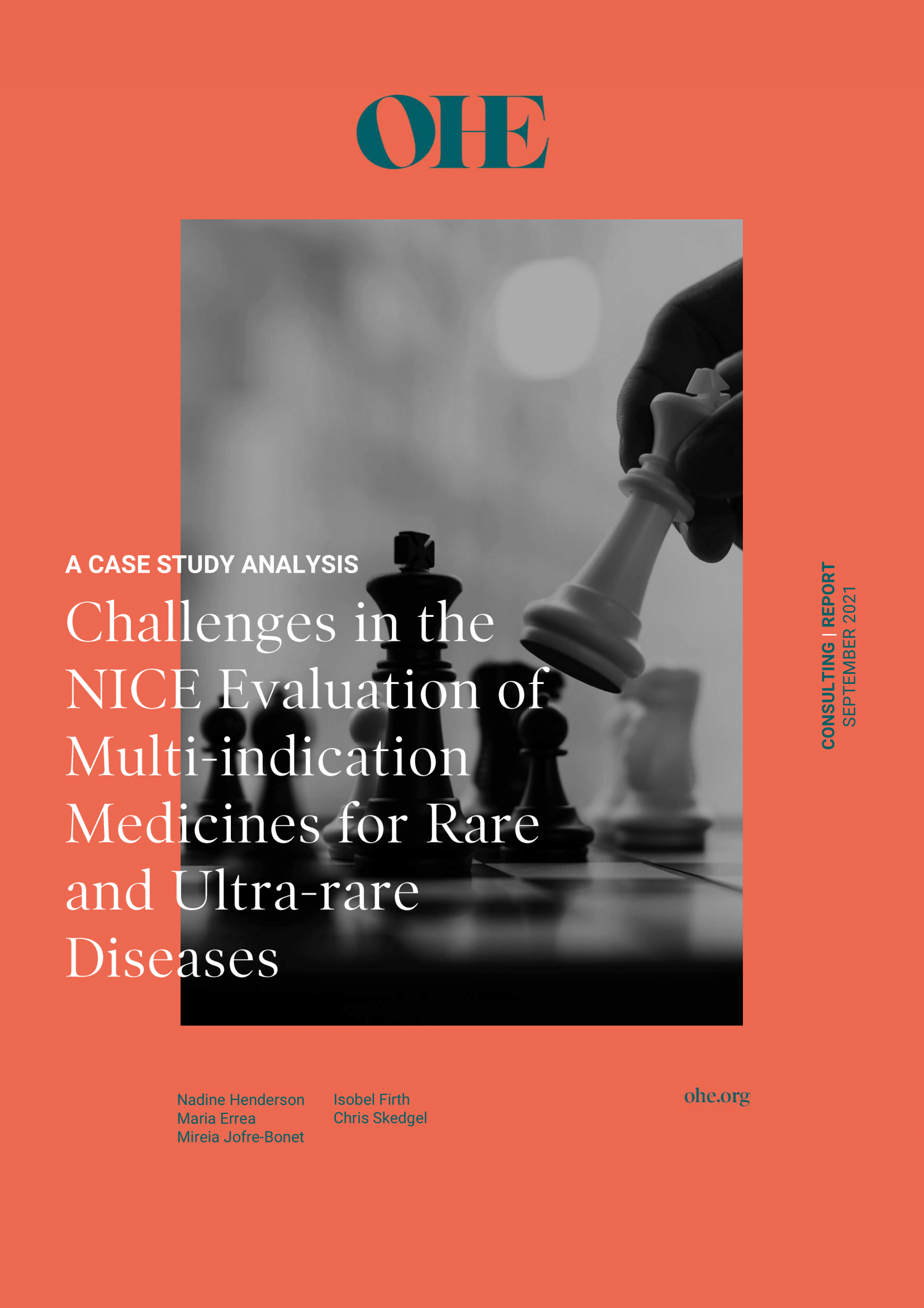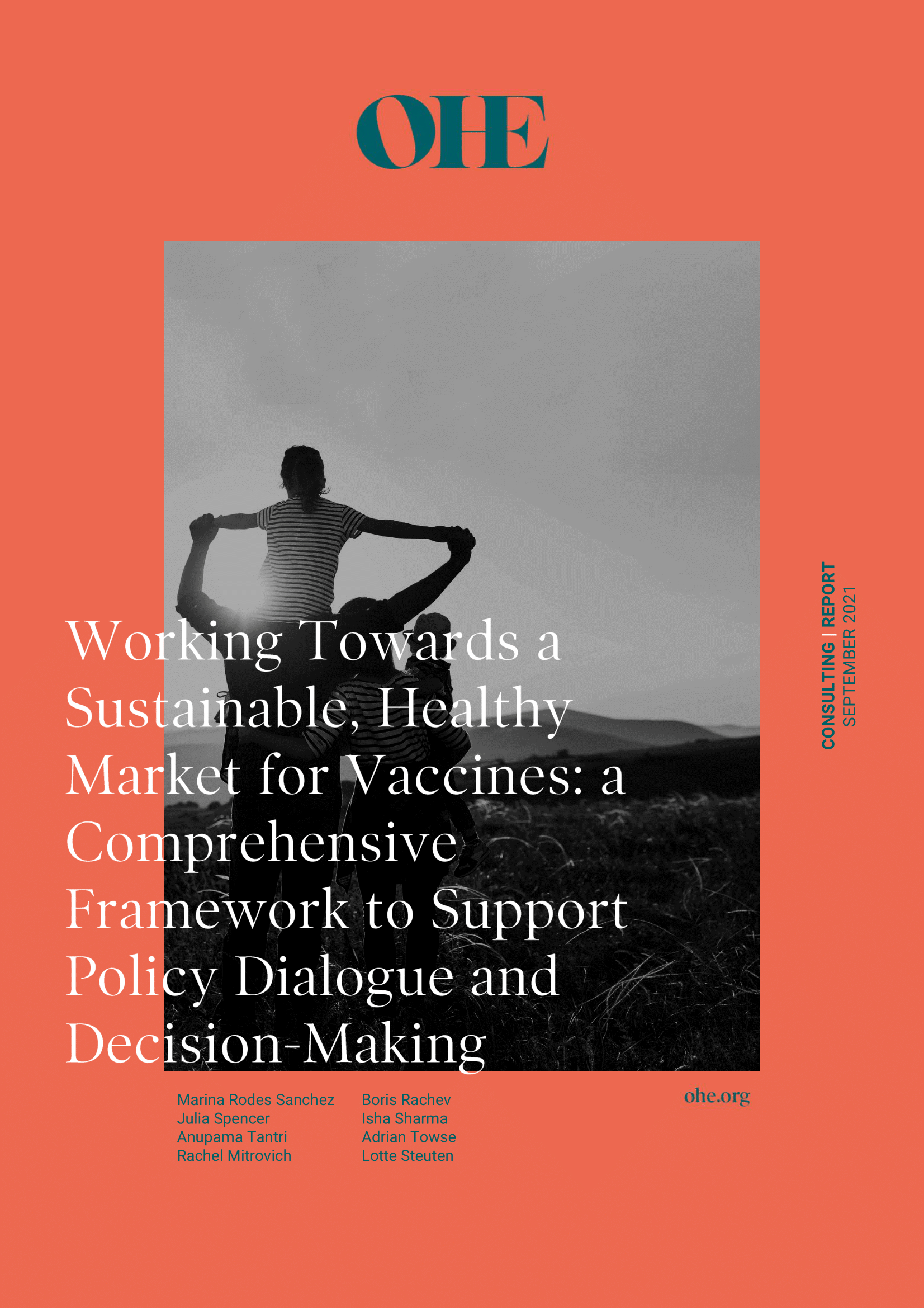OHE Lunchtime Seminar with Prof Peter Smith: ‘How can we evaluate the cost-effectiveness of health system strengthening? A platforms perspective’
OHE Lunchtime Seminar with Professor Peter Smith on ‘How can we evaluate the cost-effectiveness of health system strengthening? A platforms perspective’. To be held on 18th June 2018 from 12 p.m. to 2 p.m.
Many investments in health systems take the form of ‘health system strengthening’ but it is not clear how to rigorously appraise the economic value of such investments. Health interventions often depend on a complex system of human and capital infrastructure that is shared with other interventions, in the form of service delivery platforms. Platforms can be healthcare facilities, hospitals, population-based health interventions or community services. Health system strengthening usually aims to improve the efficiency of such delivery platforms.
In this seminar,
Peter C. Smith (Centre for Health Economics, University of York; Imperial College Business School) will discuss a typology of ways in which investments in health system strengthening can improve the economic efficiency of health services. Three types of health system strengthening are identified and modelled analytically: (1) investment in
quality improvement for an existing shared platform that generates positive benefits across a range of existing interventions; (2) relaxing a
capacity constraint for an existing shared platform that inhibits the optimization of existing interventions; (3) providing an entirely
new shared platform that supports a number of existing or new interventions. The theoretical models are illustrated with examples. Research results presented in the seminar are part of a paper prepared under the auspices of the
International Decision Support Initiative (iDSI), funded by the Gates Foundation, and has involved collaborators from a range of institutions.
Peter C. Smith is a health economist with a particular interest in the financing and efficiency of health systems. He has published extensively on these and related topics, and in recent years his research has focused on the development of universal health coverage in low- and middle-income countries. He has advised the UK government in a number of contexts across the public services, and currently chairs the NHS Advisory Committee on Resource Allocation. He has also advised numerous overseas governments and international agencies, such as WHO, OECD, the European Commission, the World Bank and the IMF.
View the full seminar invite
here.
The seminar will be held in the Sir Alexander Fleming Room, Southside, 7th Floor, 105 Victoria Street, London SW1E 6QT. A buffet lunch will be available from 12 p.m. The seminar will start promptly at 12:30 p.m. and finish promptly at 2 p.m.
If you would like to attend this seminar, please reply to ohegeneral@ohe.org.



